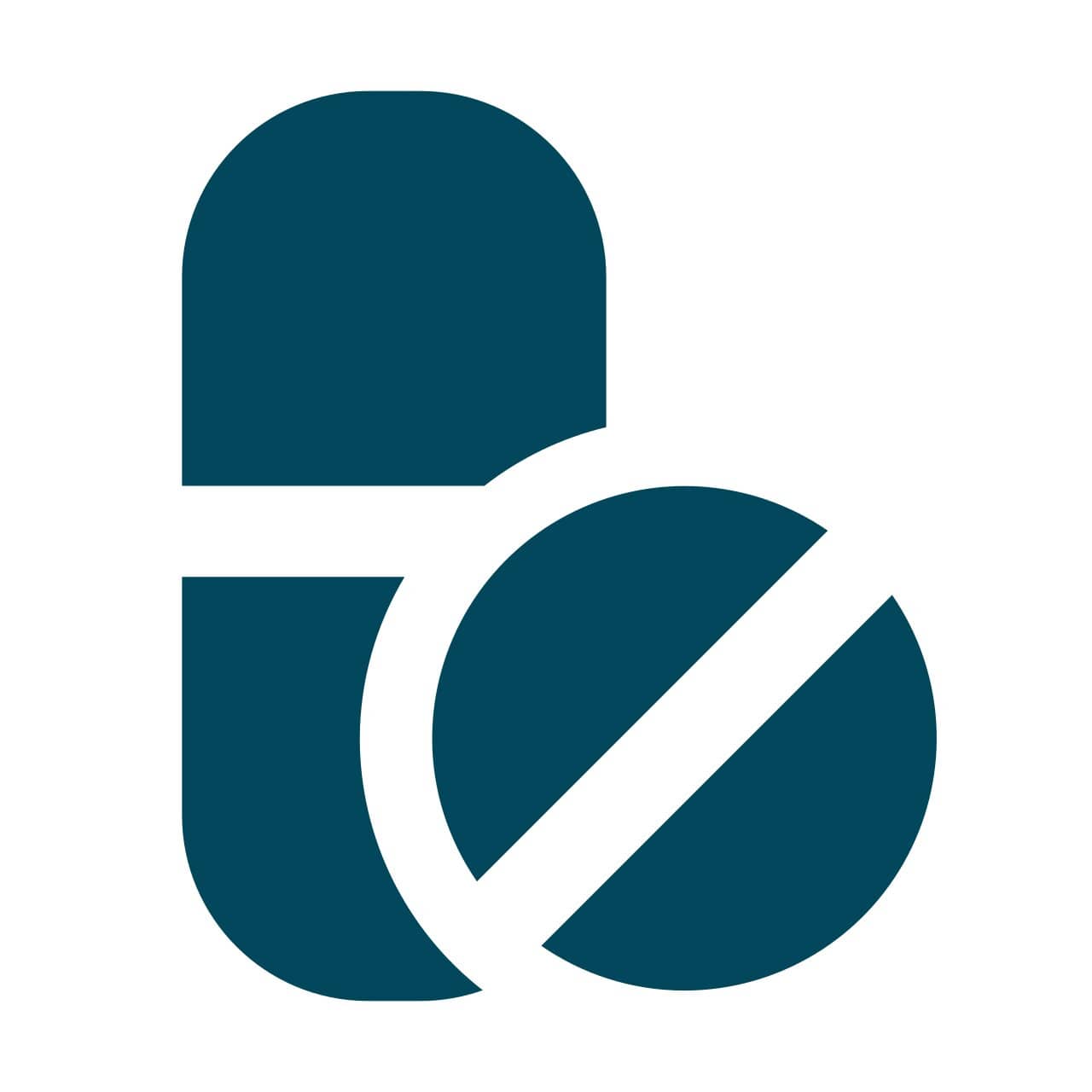Cefixime
About Cefixime
Cefixime is used to treat susceptible organisms (bacteria)-caused infections of the ear, nose, sinuses (sinusitis), throat (tonsillitis, pharyngitis), chest and lungs (bronchitis, pneumonia) and urinary system (cystitis and kidney infections).
Cefixime contains Cefixime, which works by inhibiting cell wall synthesis. In turn, Cefixime weakens and destroys the bacterial cell wall, leading to death. As a result, Cefixime helps to treat bacterial infections.
Cefixime should be used under the supervision of a doctor or health professional. Use it regularly at evenly spaced intervals as per the schedule prescribed by your doctor. Like all medicines, Cefixime may cause some common side effects, including diarrhoea, nausea, loose stools, abdominal pain, dyspepsia, indigestion, and vomiting. Most of these side effects do not require medical attention and resolve gradually over time. However, if the side effects are persistent or you notice any unusual symptoms developing in the child, inform your doctor immediately.
Inform your doctor about your child's entire medical history. Other drugs or supplements should not be combined with Cefixime unless prescribed by a doctor. Even if your child is feeling better, do not miss any dose and complete the entire course of medication. Stopping the medication too soon may cause the infection to recur or worsen.
Uses of Cefixime
• Treating Bacterial Infections: Cefixime is effective in combating various bacterial infections in children, promoting faster recovery and better overall health.
• Respiratory Infections: Cefixime aids in managing respiratory infections such as bronchitis and pneumonia, providing symptom relief and supporting the recovery process.
• Urinary Tract Infections: Cefixime is also beneficial in treating urinary tract infections, helping to clear the infection and reduce associated discomfort.
Medicinal Benefits
Cefixime is a short-term medication for a wide range of bacterial infections. It prevents the growth of bacteria by stopping the formation of a protective covering, which is vital for its growth. It prevents and treats bacterial infections like ear, nose, sinuses (sinusitis), throat (tonsillitis, pharyngitis), chest and lungs (bronchitis, pneumonia) and urinary system (cystitis and kidney infections). Cefixime specially formulated for children, it serves as a practical treatment option for young patients who struggle with swallowing tablets or capsules.
Directions for Use
Storage
Side Effects of Cefixime
- Diarrhoea
- Nausea
- Loose stools
- Abdominal pain
- Dyspepsia or indigestion
- Vomiting
Drug Warnings
The presence of other medical problems or using other medications may affect the use of this medicine. So, before using Cefixime, let your doctor know about all your children's medical conditions, sensitivities, and all medications used.
Drug Interactions
Drug-Drug Interactions: Cefixime may interact with certain vaccines (BCG, cholera vaccine, typhoid vaccine), anticoagulant medications (warfarin), and anticonvulsant medications (carbamazepine).
Drug-Food Interactions: No interactions found/established.
Drug-Disease Interactions: Cefixime may interact with disease conditions, including colitis (inflammation of the colon's inner lining), renal dysfunction, liver disease, and seizure disorders.
Drug-Drug Interactions Checker List:
Safety Advice

Alcohol
not applicableIt is intended for Children.

Pregnancy
not applicableIt is intended for Children.

Breast Feeding
not applicableIt is intended for Children.

Driving
not applicableIt is intended for Children.

Liver
cautionInform your doctor if your child has liver problems. Your doctor will weigh the benefits and potential risks before prescribing it.

Kidney
cautionInform your doctor if your child has kidney problems. Your doctor will weigh the benefits and potential risks before prescribing it.

Children
safe if prescribedCefixime is safe for children if prescribed by the doctor. Your paediatrician may prescribe the dose based on the child's condition and age.
Habit Forming
Diet & Lifestyle Advise
- It would be best to give probiotics after taking the full course of Cefixime to restore some healthy bacteria in the intestine that may have been killed. Taking probiotics after antibiotic treatment can reduce the risk of antibiotic-associated diarrhoea. Certain fermented foods like yoghurt, cheese, sauerkraut and kimchi can help restore the intestine's good bacteria.
- The BRAT diet (bananas, rice, applesauce, toast) can help with diarrhoea from antibiotics.
- Give plenty of water to the child. Staying hydrated is important, especially when you’re child is sick.
- Eating a broad range of plant-based foods such as vegetables, fruits, nuts, seeds, pulses and wholegrains help to build a healthy gut microbiome.
- Avoid feeding too many calcium-enriched foods and drinks because they may interfere with the functioning of Cefixime.
Patients Concern
Disease/Condition Glossary
Bacterial infection: A bacterial infection is a condition in which harmful bacteria enter, multiply, and infect our body. It can target any body part and multiple very quickly. When you get infected with bacteria, you can experience generalized symptoms like fevers, chills, and fatigue. Bacteria are of various forms comprising commonly spherical, rod, and spiral-shaped. Bacterial infections vary from minor illnesses like sore throat and ear infections to severe brain infections like meningitis and encephalitis. A few harmful bacteria that cause infections include Streptococcus, Staphylococcus, and E.coli. Anyone can become infected with a bacterial infection. However, people with weak immune systems or taking immunosuppressive medicine can be more prone to bacterial infection.
FAQs
Cefixime is used to treat bacterial infections of the ear, nose, sinuses (sinusitis), throat (tonsillitis, pharyngitis), chest and lungs (bronchitis, pneumonia) and urinary system (cystitis and kidney infections).
Cefixime comprises Cefixime. The bactericidal action of Cefixime is due to the inhibition of cell wall synthesis. In turn, the Cefixime weakens and destroys the bacterial cell wall, leading to death. As a result, Cefixime helps to treat bacterial infections.
Cefixime can cause diarrhoea, which may be a sign of a new infection. If your child has diarrhoea that is watery or bloody, call your paediatrician. Do not use anti-diarrhoea medicine unless your paediatrician.
Yes, Treating urinary tract infection (UTI) by Cefixime may be a good alternative. However, it should be taken under the supervision of a healthcare professional.
Cefixime is active against a very wide spectrum of bacteria such as Staphylococcus aureus, Streptococcus pneumoniae, Streptococcus pyogenes (the cause of strep throat), Hemophilus influenzae, Moraxella catarrhalis, E. coli, Klebsiella, Proteus mirabilis, Salmonella, Shigella, and Neisseria gonorrhoeae.
No, it does not treat colds, flu, or other virus infections. It is meant for only specific bacterial infections.
Cefixime was effective in the treatment of bacterial sinus infections in adults and was well tolerated.








